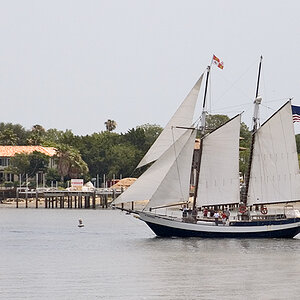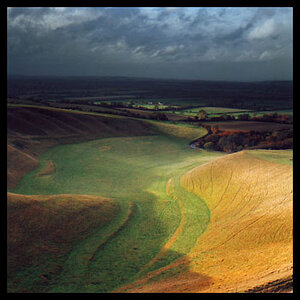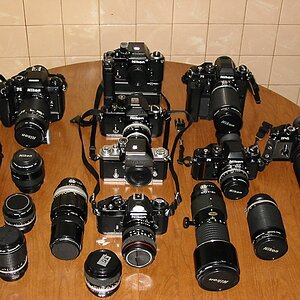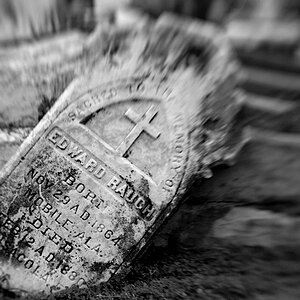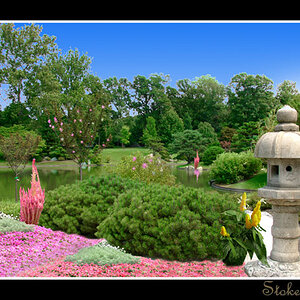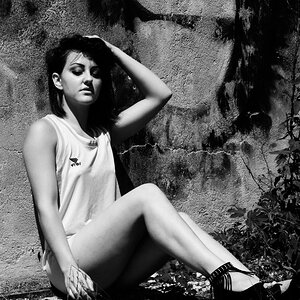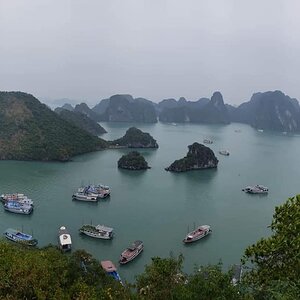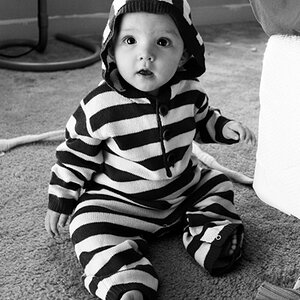Hi, I'm brand new to this forum, and I'm looking for some input...
I am an amateur photographer just getting into the hobby. I'm shooting with an old Canon AE-1 Program camera and have just started using Fuji Superia Reala 100 film (upon many recommendations for its fine grain).
I got my first roll of this film back, and had one portrait blown up to 11x14. I notice, particularly in the arms and face, a distinct graininess to the image. With any close looks, the skin almost looks sandy or bumpy, instead of natural and smooth. I understand that all films are subject to graininess when they're blown up, but I've heard so many great things about this film, I didn't think it would be an issue at only 11x14.
Is this the limits of the film, or is something else at work here? I had the picture blown up at a photo shop (not CVS), but they do send-out for large prints. Is it possible that their equipment would cause this?
I am going to try to take a picture of the picture (if that makes sense) to demonstrate the grain I'm seeing. Maybe someone here can tell me if it's normal. If all goes well, I'll be posting the picture soon...
In the meantime, thank you for reading, I appreciate any suggestions you might have!
I am an amateur photographer just getting into the hobby. I'm shooting with an old Canon AE-1 Program camera and have just started using Fuji Superia Reala 100 film (upon many recommendations for its fine grain).
I got my first roll of this film back, and had one portrait blown up to 11x14. I notice, particularly in the arms and face, a distinct graininess to the image. With any close looks, the skin almost looks sandy or bumpy, instead of natural and smooth. I understand that all films are subject to graininess when they're blown up, but I've heard so many great things about this film, I didn't think it would be an issue at only 11x14.
Is this the limits of the film, or is something else at work here? I had the picture blown up at a photo shop (not CVS), but they do send-out for large prints. Is it possible that their equipment would cause this?
I am going to try to take a picture of the picture (if that makes sense) to demonstrate the grain I'm seeing. Maybe someone here can tell me if it's normal. If all goes well, I'll be posting the picture soon...
In the meantime, thank you for reading, I appreciate any suggestions you might have!





